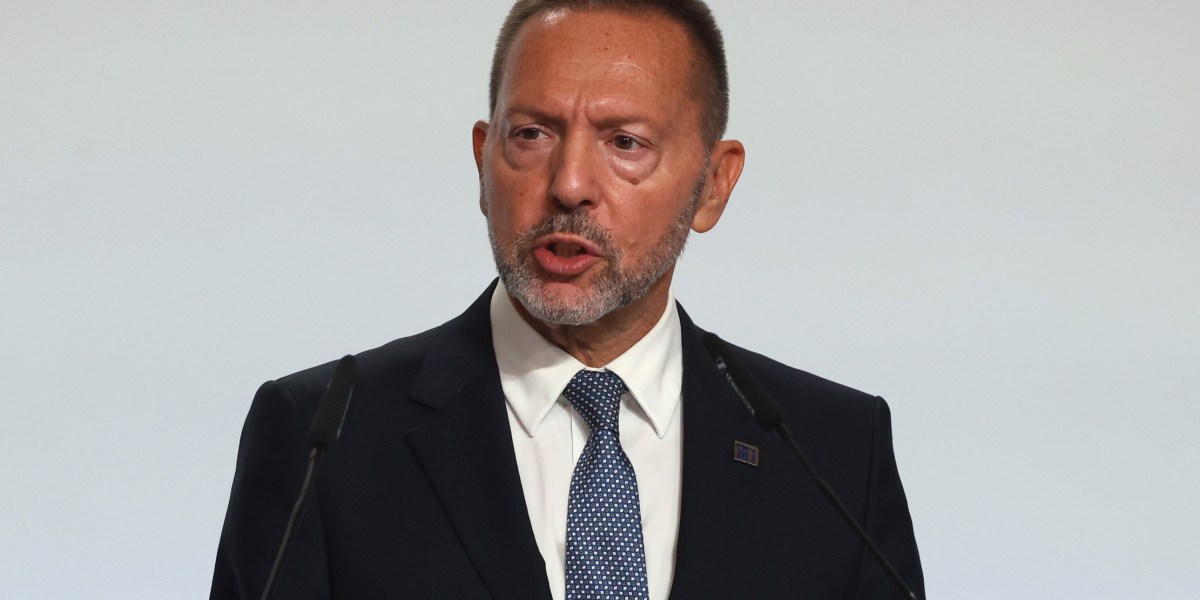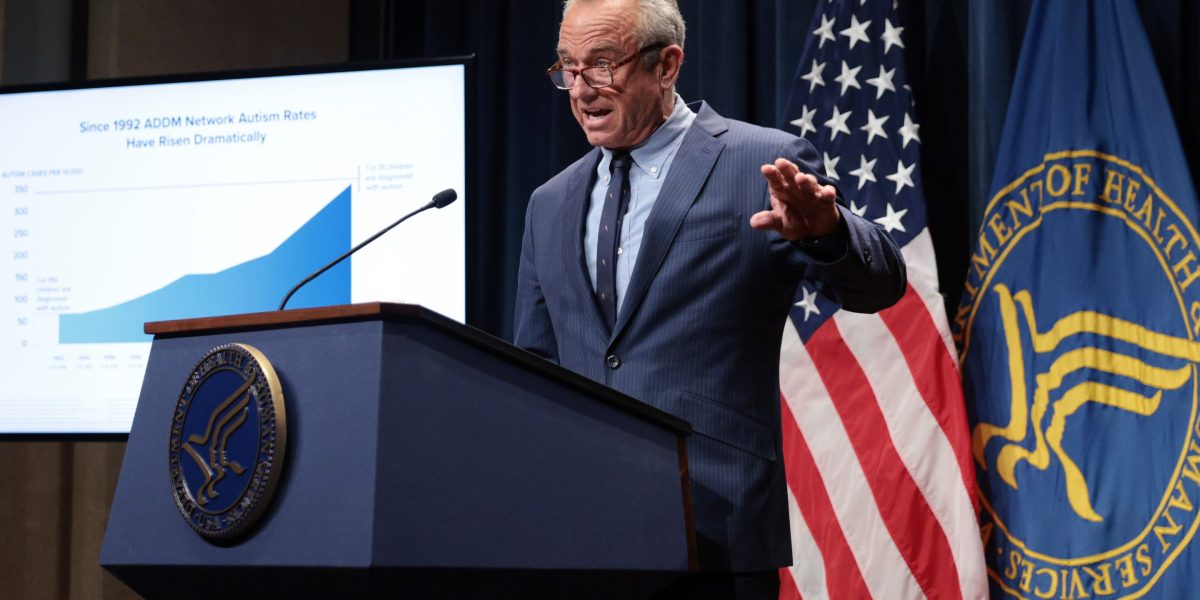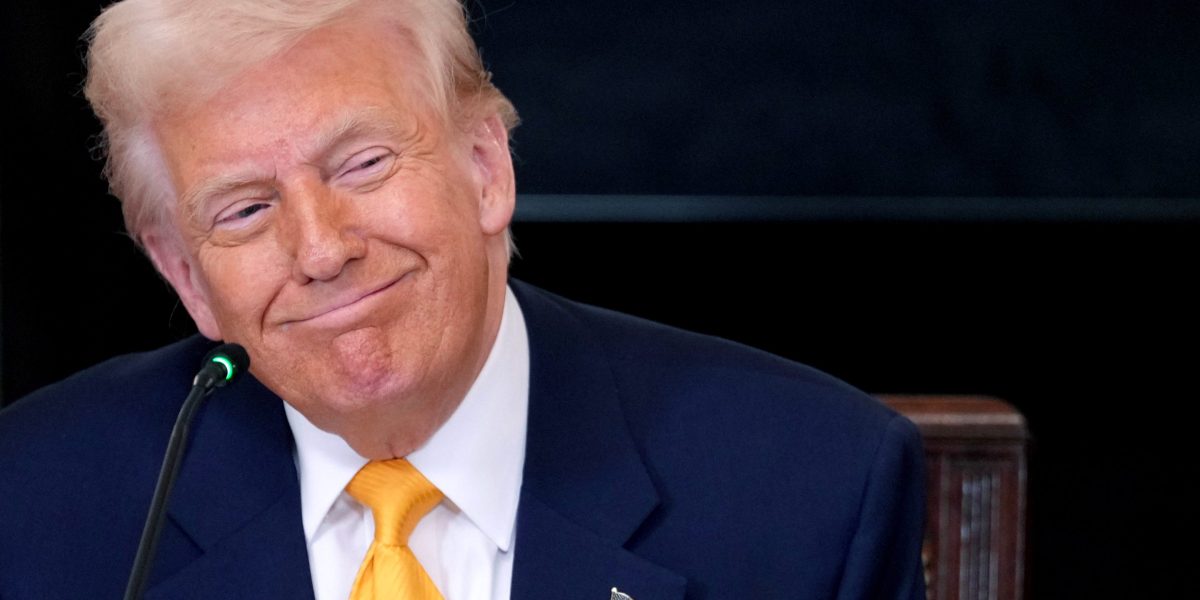U.S. tariffs have become Europe’s biggest headache as the consequences of a brewing trade war promise to hurt the region’s faltering economy.
Beyond making European goods such as wine, cheese, and cars more expensive in America, the resulting trade tensions will also indirectly impact European consumers.
For one, it will impede demand in the Eurozone as the bloc considers whether it should continue cutting interest rates later this month. The region’s growth remained positive but slow at the end of 2024, with inflation just starting to approach the European Central Bank’s 2% benchmark. With it, factors like consumer confidence have also begun to find solid ground.
But Greece’s central bank governor pointed out tariffs could shake up much of that progress. It could, in fact, drive prices sharply down and cause a “negative demand shock.”
“A notable adverse impact on growth could lead to activity being much weaker than expected, dragging inflation below our targets,” Yannis Stournaras told the Financial Times.
While the apparent impact of the tariffs is they make European goods more expensive for Americans, Stournaras, who was previously a finance minister, is worried that Europe will become a dumping ground for cheap Chinese goods since the U.S. market will be less enticing.
Last year, the EU imposed anti-dumping charges against China’s electric vehicles in a bid to control cheap Chinese-made goods from flooding European markets. China responded with tariffs on European pork as the bloc continues to probe other industries for similar practices.
Stournaras echoed EU Commission President Ursula von der Leyen’s sentiments following the tariff announcement. In a televised interview on Thursday, she said the EU will “be watching closely what indirect effects these tariffs could have because we cannot absorb global overcapacity, nor will we accept dumping on our market.”
Unlimited uncertainty
Trump’s tariffs vary by country (based on a rather simplistic formula), with the U.K. subject to 10%, Switzerland facing 31%, and China facing an additional 34% on top of past levies. The European Union, broadly, faces a 20% tariff on imports to the U.S.. This policy shift marks a seminal moment in Trump’s presidency and the U.S.’s trade relationship with much of the world.
“Such a high tariff is too large to be fully absorbed by consumers or producers. The hit to sentiment could be greater than previously seemed likely,” Andrew Kenningham, chief economist at Capital Economics, wrote in a note last week.
While economies come to grips with the best course of action, the uncertainty they face may only be the start of what lies ahead.
“Some people had the view that ‘Liberation Day’ could be the day of peak uncertainty, but I’m not entirely sure that is the case,” ECB policymaker Isabel Schnabel told Reuters.
The EU has said it’s working on countermeasures following Trump’s litany of tariffs if its diplomatic efforts fail. One possible route is to go after American tech giants responsible for Europe’s €109 billion trade deficit in services with the U.S.
Others aren’t sure that’s the best approach. For instance, Belgium’s Prime Minister Bart De Wever has bashed tariffs as “wealth-destroying protectionist madness” and advocated against retaliating similarly.
But if the bloc pursues that path, the trade war’s growth will become hard to tame as it’ll turn the biggest companies on both sides of the pond into casualties. The EU has also previously floated the idea of a digital services tax but never had unanimity among its 27 members.
Euro Stoxx 50, the region’s blue-chip stock index comprising 50 stocks from eight Eurozone countries, has slipped 11.5% in the last five days.
The ECB is set to announce its next interest rate decision on Apr. 17.
This story was originally featured on Fortune.com
Source link

 Entertainment8 years ago
Entertainment8 years ago
 Politics8 years ago
Politics8 years ago
 Entertainment8 years ago
Entertainment8 years ago
 Entertainment8 years ago
Entertainment8 years ago
 Tech8 years ago
Tech8 years ago
 Tech8 years ago
Tech8 years ago
 Tech8 years ago
Tech8 years ago
 Tech8 years ago
Tech8 years ago






